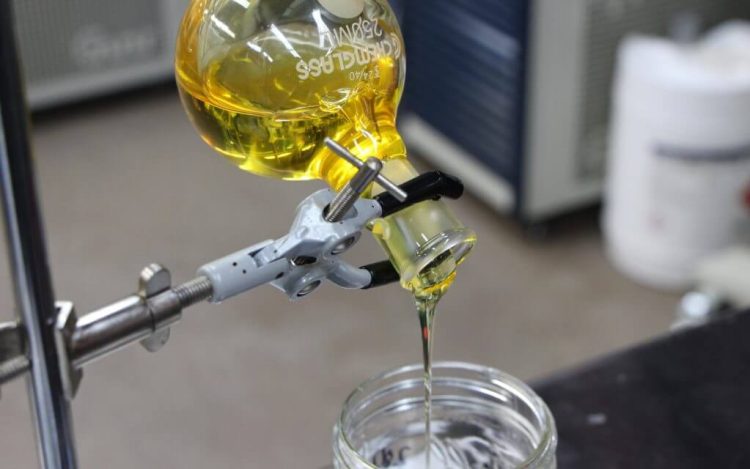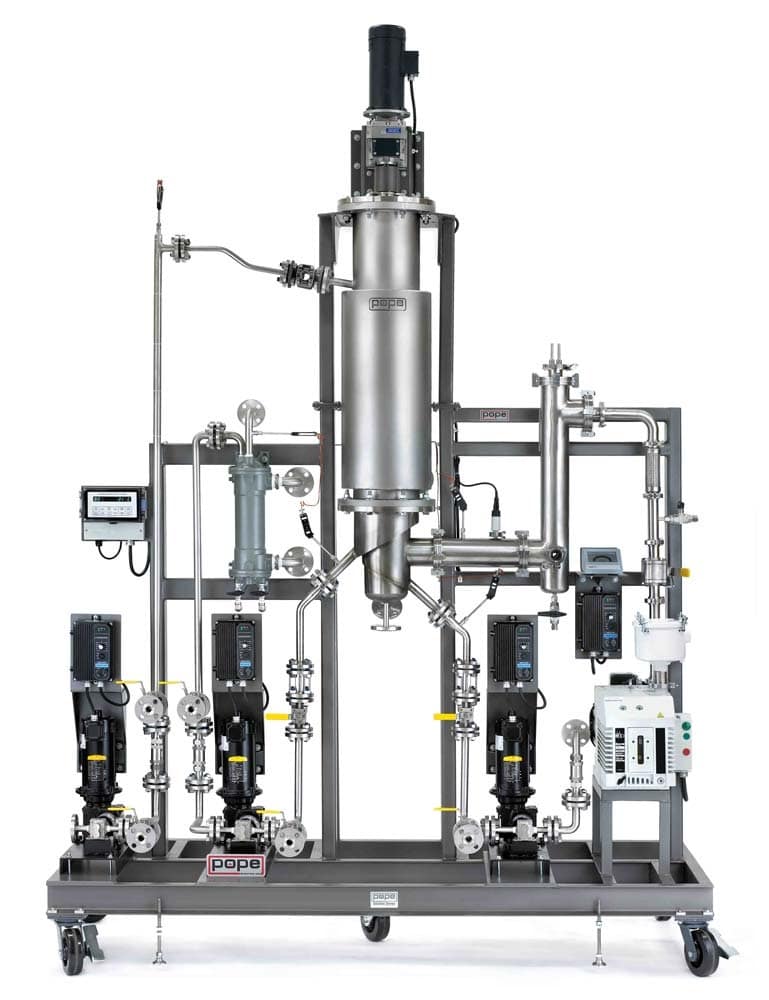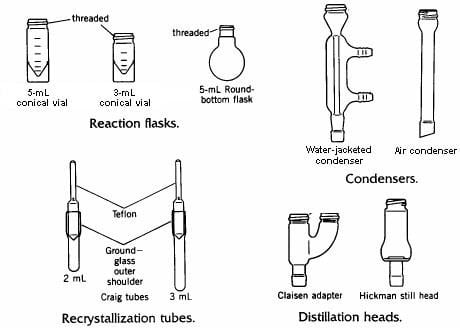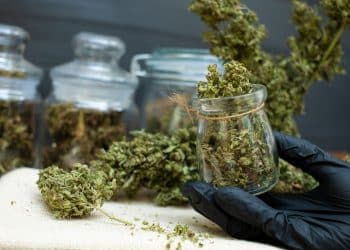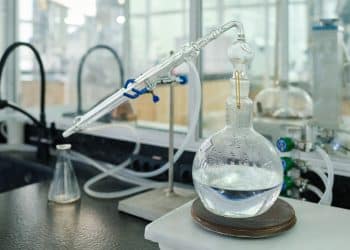The Science Thereof
Making crude cannabis extracts is all well and good. Put some material in a column, run solvent through it, collect the material in a separate flask, and presto—you’ve got yourself a cannabinoid (and terpene) extract. But what do you do with that now? What if you want to increase the cannabinoid content of the extract—to concentrate them?
Well, for that, you’re going to need to distill the extract! Distillation is the process of separating different compounds based on their physical properties: melting point, boiling point, crystallization parameters, and many other properties can theoretically be used. However, the easiest way to distill compounds is by differences in boiling points. And in the case of molecules that are sensitive to heat, the best method of distillation is known as Short Path Distillation.
Short path distillations are normally employed when heat damage and decomposition resulting from the relatively long time the product must remain at temperature (in regular methods) results in unacceptable loss of compound. [1] The general idea being that if you reduce the distance the molecule must travel (path) before it evaporates, you reduce the amount of time it is exposed to high temperatures, and therefore better preserve the desired end compound.
The seminal paper about this method was written all the way back in 1944 by renowned American chemist Kenneth Hickman. [2] A procedure already existed for separating ‘involatile’ materials—that is, products that did not evaporate at room temperature. For more thermally sensitive mixtures, Hickman came up with a new design, where “a thin film of descending liquid [is] heated to a precisely controlled temperature; each component thus vaporis[ing] alone without risk of pyrolysis to the bulk.” (pyrolysis meaning the burning of or degradation of the bulk material).
A key piece of glassware used in distillation setups is therefore named in Hickman’s memory.
References
- Najder, Leonard E., “Thin film Evaporation”. Indus. and Eng. Chem. 1964. 56 (2) 26-30 [Times cited = 12, Journal impact factor = 2.843]
- Hickman, K.C.D.,“High-vacuum Short-path Distillation-A Review”. Chemical Reviews, 1944, 34 (1), 51-106[Times cited = 84, Journal impact factor = 52.613]
